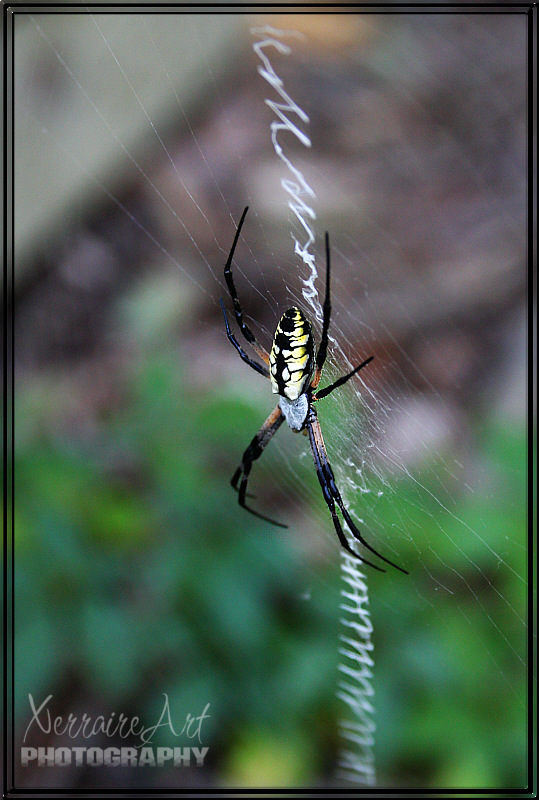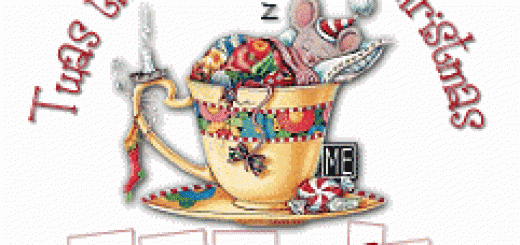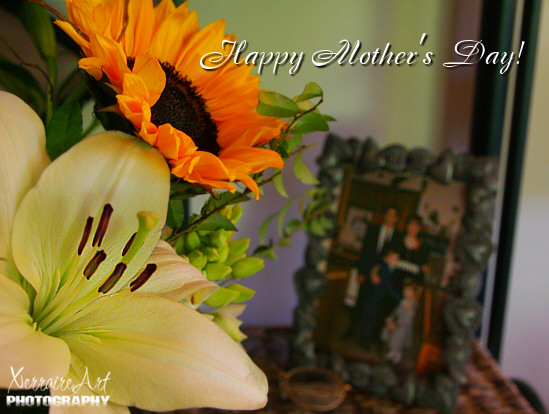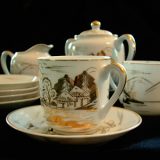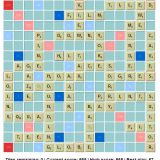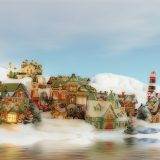Writing Spider
Writing spider is just one of the names given to this monster. I took a photo of this guy behind our shed in the backyard. It’s very impressive to say the least.
In North America, Argiope aurantia is commonly known as the black and yellow garden spider, corn spider, and writing spider, because of the similarity of the web stabilimenta to writing.
The average orb web is practically invisible, and it is easy to blunder into one and end up covered with a sticky web. The very easily visible pattern of banded silk made by Argiope is pure white, and some species make an “X” form, or a zigzag type of web (often with a hollow centre). The spider then aligns one pair of its legs with each of the four lines in the hollow “X”, making a complete “X” of white lines with a very eye-catching spider coloured bright yellow on a field of black or variegated red white and yellow stripes forming its centre. The white patterns are called stabilimentum and reflect UV light. They have been shown to play a role in attracting prey to the web, and possibly to prevent its destruction by large animals. Their centres of their large webs are often just under 1 metre above the ground, so they are too low for anything much larger than a rabbit to walk under. The overtness of the spider and its web thus has been speculated to prevent larger creatures from accidentally destroying the web and possibly crushing the spider underfoot.
The Black and Yellow Argiope is a common orb web spider. Orb web means it spins a web like a circle.
Female spiders are much larger than males, growing almost an inch and a half long. Males grow about 3/4 inch long. Both spiders have a cephalothorax (small front body section) with silver hairs on it. The abdomen (large back section) is egg-shaped with black and yellow coloring.
Legs of these spiders are black with red or yellow bands. Each leg has three claws on the end.
Black and Yellow Argiopes live in fields and gardens. They can be found on shrubs, tall plants, and flowers.
The web of this spider spirals out from the center and can be two feet across. The female builds the large web, and a male will build a smaller web on the outer part of her web. The male’s web is a thick zig-zag of white silk.

